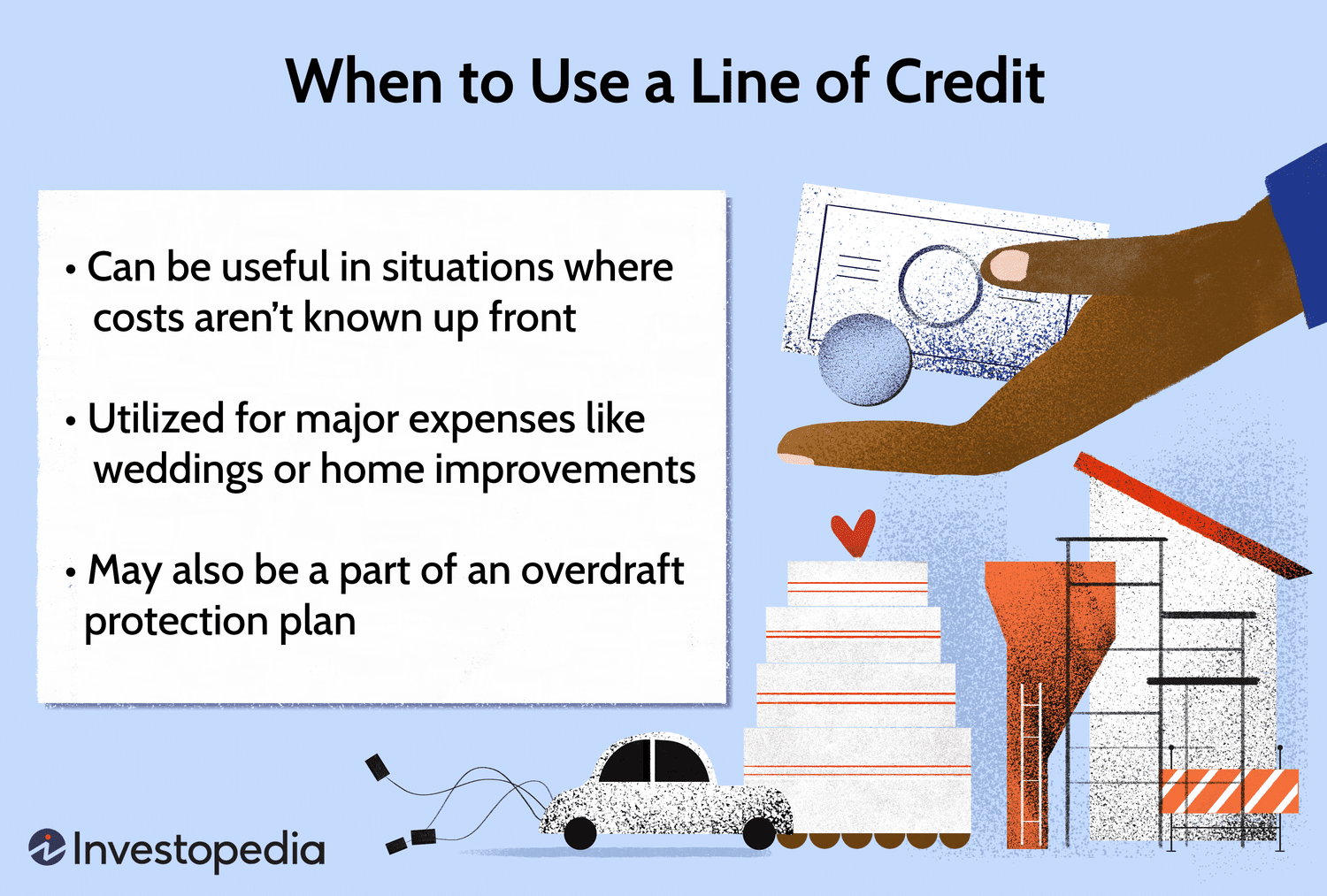Top Tips for Securing a Line of Credit for Your Small Business

Top Tips for Securing a Line of Credit for Your Small Business
A business line of credit provides the financial flexibility that small businesses need to manage cash flow gaps, seize opportunities, and navigate unexpected challenges. However, securing this valuable financing tool requires strategic preparation and understanding of what lenders look for in qualified applicants. These proven tips will help you position your business for approval and favorable terms.
Strengthen Your Financial Foundation
- Build Strong Business Credit: Establish trade credit relationships with suppliers who report to business credit bureaus like Dun & Bradstreet, Experian Business, and Equifax Business. Pay all business obligations on time and maintain low utilization ratios on existing business credit cards. Strong business credit demonstrates your ability to manage debt responsibly and can reduce reliance on personal guarantees.
- Maintain Healthy Cash Flow Patterns: Lenders scrutinize bank statements to evaluate cash flow stability. Maintain consistent deposits, avoid frequent overdrafts, and keep business and personal transactions completely separate. Regular, predictable cash flow patterns indicate your ability to make line of credit payments consistently.
- Organize Comprehensive Financial Records: Prepare detailed financial documentation including profit and loss statements, balance sheets, and cash flow statements for at least the past two years. Professional financial statements prepared by an accountant carry more weight than self-prepared documents and demonstrate business legitimacy.
Optimize Your Business Profile
- Establish Business Legitimacy: Ensure your business has proper legal structure registration, federal tax identification number (EIN), business licenses, and professional insurance coverage. These elements demonstrate that you operate a legitimate, compliant business worthy of lender confidence.
- Develop Multiple Revenue Streams: Diversified revenue sources reduce lender risk concerns by showing that your business isn't dependent on a single customer or market segment. Document various income sources and highlight the stability this diversification provides.
- Create a Professional Business Plan: Even though lines of credit focus on current cash flow rather than future projections, having a clear business plan demonstrates strategic thinking and professional management. Include market analysis, competitive positioning, and growth strategies that justify your credit line needs.
Research and Target Appropriate Lenders
- Understand Different Lender Types: Traditional banks typically offer the lowest rates but have strict qualification requirements. Credit unions often provide competitive terms with more flexible criteria for members. Alternative online lenders may approve applications faster with higher rates but more accessible qualification standards.
- Match Your Profile to Lender Preferences: Research lenders' typical client profiles, minimum revenue requirements, and industry preferences. Some specialize in specific sectors or business sizes, while others focus on particular credit profiles. Targeting appropriate lenders increases approval odds significantly.
- Consider SBA-Guaranteed Lines of Credit: Small Business Administration programs like SBA Express lines of credit provide government backing that encourages lender participation. These programs often offer favorable terms and may be available to businesses that don't qualify for conventional lines of credit.
Present a Compelling Application
- Demonstrate Clear Credit Line Purpose: Articulate specific reasons for needing a line of credit, such as managing seasonal cash flow fluctuations, bridging invoice payment gaps, or capitalizing on bulk purchasing opportunities. Vague explanations like "general business needs" raise red flags for lenders.
- Calculate Realistic Credit Requirements: Request credit limits that align with your business size and demonstrated cash flow. Asking for excessive amounts relative to your revenue suggests poor financial judgment, while requesting too little may not provide adequate flexibility for your needs.
- Highlight Your Management Experience: Emphasize your industry experience, business management background, and track record of success. Lenders prefer working with experienced business owners who understand their markets and have proven ability to navigate challenges.
Prepare for the Application Process
- Gather Required Documentation: Compile bank statements (typically 3-6 months), tax returns, financial statements, business registration documents, and personal financial information. Having complete documentation ready accelerates the approval process and demonstrates professionalism.
- Review and Clean Up Credit Reports: Check both personal and business credit reports for errors or negative items that could be addressed before applying. Dispute inaccuracies and consider paying down existing debt to improve credit utilization ratios.
- Establish Banking Relationships: Maintain business accounts with the banks you're considering for lines of credit. Existing customers often receive preferential treatment and may qualify for better terms than new customers.
Optimize Your Timing
- Apply During Strong Financial Periods: Time your application when your business financials look strongest—after good revenue months, seasonal peaks, or successful project completions. Strong recent performance creates positive first impressions with underwriters.
- Avoid Peak Lending Periods: Apply during less busy periods when lenders can provide more attention to your application. Avoid year-end when lenders may be more conservative with their remaining lending capacity.
Negotiate Terms Strategically
- Compare Multiple Offers: Apply to several lenders within a short timeframe to minimize credit inquiry impacts while maximizing your negotiating power. Having multiple offers allows you to leverage better terms and identify the most favorable overall package.
- Focus on Total Cost, Not Just Interest Rates: Evaluate annual fees, maintenance charges, draw fees, and other costs that affect the true expense of your credit line. Sometimes higher rates with lower fees provide better value than low-rate options with extensive charges.
Maintain Your Credit Line Effectively
- Use Credit Responsibly: Once approved, use your line of credit strategically for specific business needs rather than as permanent working capital. Regular usage and timely repayment demonstrate responsible credit management and may lead to limit increases.
- Build Long-Term Lender Relationships: Maintain open communication with your lender, provide periodic business updates, and consider them for future financing needs. Strong relationships often result in better terms and preferential treatment for additional credit products.
Success Through Preparation
Securing a business line of credit requires thorough preparation, strategic positioning, and professional presentation of your business case. By following these tips and approaching the process systematically, you can significantly improve your chances of approval while positioning your business for the financial flexibility that drives sustained growth and success.